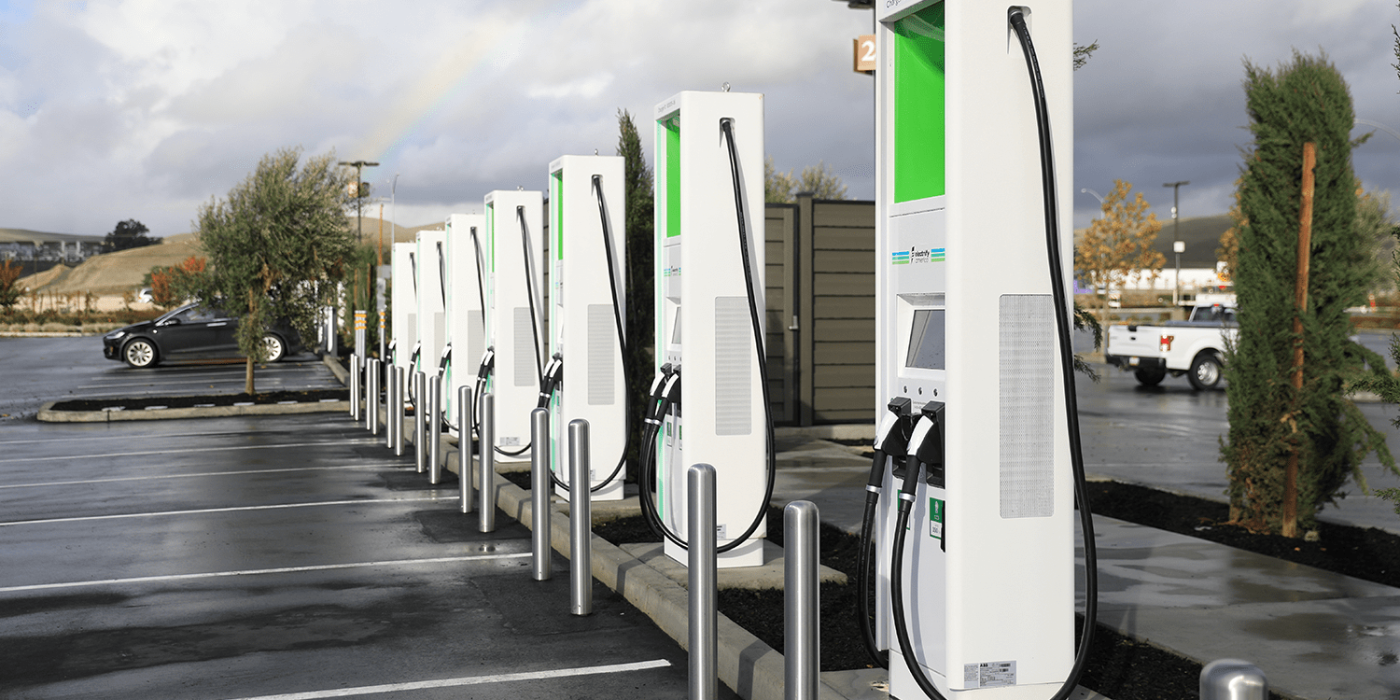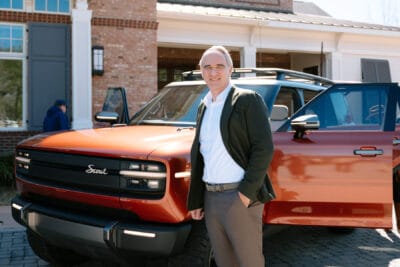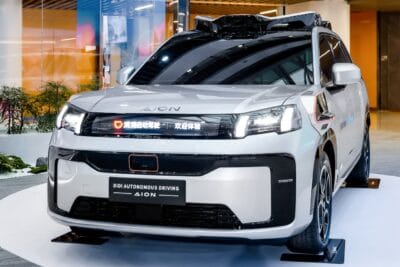Biden administration reveals US charging network details
US President Joe Biden has now officially confirmed its intention to invest 15 billion dollars in the construction of a national network of 500,000 charging stations for electric vehicles. This sum had already been leaked in advance, but now the US government is providing a more in-depth look at the plans.
+ + Kindly see our update below + +
Through a combination of grant and incentive programmes for state and local governments as well as the private sector, the aim is to accelerate the deployment of charging stations at multi-unit housing, public car parks, municipalities and fast-charging stations along the nation’s roads.
While the US government believes that “most drivers of electric vehicles […] will charge at home and at work”, “public charging infrastructure will provide a key role for people without off-street parking and for longer trips,” the White House writes. “A robust, convenient, and affordable network of public chargers will increase confidence for drivers that they will always have a charging option when they need it.”
From the services that will be created around building and maintaining the charging points, the government hopes to create “good-paying, union jobs right here in America that cannot be outsourced.” Subsidies are also planned to bring more charging infrastructure manufacturers to the US.
The Department of Energy also announced new research grants on three topics related to electric vehicle charging, for a total of $34 million. In another project, the Department of Energy will work with the Electric Power Research Institute to develop a “national technical blueprint” for grid-friendly fast charging.
The Pete Buttigieg-led Department of Transportation also launched the fifth round for “alternative fuel corridors” – this programme promotes the development of infrastructure for charging, hydrogen, propane and natural gas along interstates and highways. The fifth round will fund 51 interstates and 50 highways in 25 states.
However, a map published by the White House also shows that there are still large gaps in these corridors – especially in the north and south of the country. Even if the corridors now planned are built, there will be no corridor in states like Mississippi or South Dakota. Mississippi is, after all, part of Electrify America’s “Cross Country Route #2”.
There is also an update on the planned conversion of the federal vehicle fleet: The General Services Administration responsible states that they are “on track to triple the number of ZEVs (Zero Emission Vehicles) added to the fleet this year compared to last year”.
Update 14 December 2021:
Now the White House has just revealed a number of updates and further measures for America’s plans to expand charging infrastructure with broader coverage across the nation. At the top of the list of decisions just revealed by the White House is the formation of a Joint Office between the Department of Energy and the Department of Transportation. The Joint Office should ensure that these departments can work together with the goal of implementing the EV charging network along with other electrification provisions in the Bipartisan Infrastructure Law. The White House says that this should become something like a “one-stop-shop” for resources on EV charging and related topics.
Further new measures include the creation of a mechanism for gathering input from diverse charging stakeholders. For this purpose, the US Department of Transport has a new EV Charging Request for Information, where the White House says stakeholders can submit their priorities for Federal standards and guidelines for consideration.
A new program has been published that is designed to support the domestic battery supply chain. For this purpose, a new guidance and a fact sheet for the approximately $17 billion in loan authority in the Advanced Technology Vehicles Manufacturing Loan Program (ATVM) has also just been published by the Department of Energy Loan Programs Office (LPO).
Still coming up are some more guidelines for America’s national highway charging network. Here, the US Department of Transportation will release guidance for states and cities on building the national highway charging network no later than 11 February coming up in the new year. The department will publish accessibility, safety and function standards for EV chargers in the national network by 13 May 2022.
Including reporting by Carrie Hampel
whitehouse.gov, update: whitehouse.gov





0 Comments